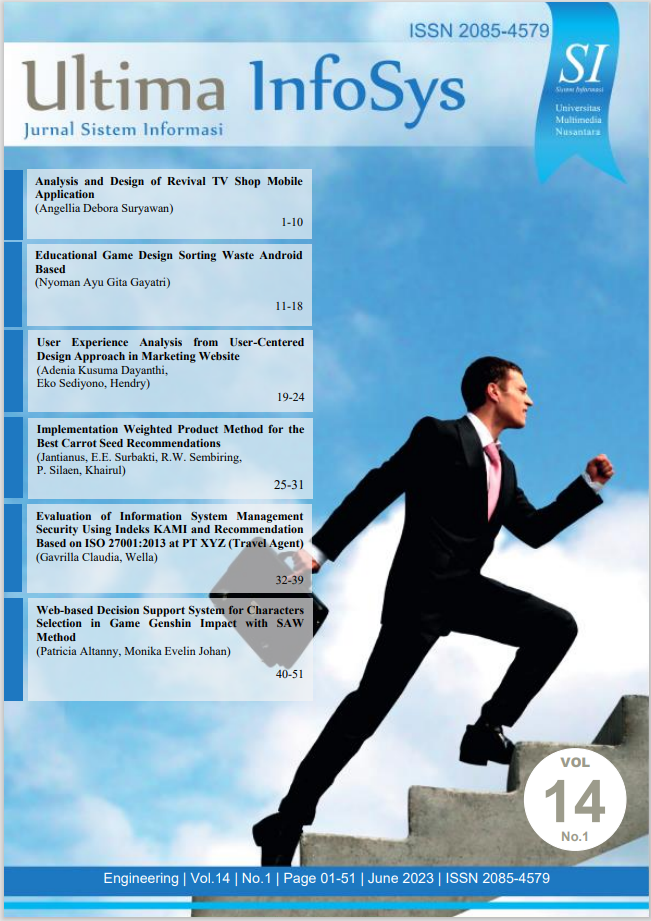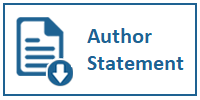Implementation Weighted Product Method for the Best Carrot Seed Recommendations
DOI:
https://doi.org/10.31937/si.v14i1.3185Abstract
So far, in determining and looking for criteria for good/excellent seeds, farmers do not have the right tools or methods. The selection of good/superior seeds is done based on personal experience and views, even some of the Sinabung refugees who cultivate carrots do not know the source of the seeds they use. Varieties of carrots are also very many kinds, almost 40 kinds of varieties. Each variety has different growing criteria and requirements. Thus, this becomes an additional difficulty factor in determining the quality of the type of carrot seed to be planted. This of course affects the production of carrots at harvest. Harvest production is not proportional to the area of land used. Based on the problems above, the search for superior seeds using a decision support algorithm can provide recommendations. This algorithm will provide recommendations for the quality of carrot seeds based on the criteria or characteristics that must be prepared in the selection of plants. The algorithm developed uses the Weighted Product (WP) algorithm. The WP method is a recommendation method with weighting against predetermined criteria. The weights given are based on research results and expert experience. From the results of this trial, several recommendations for prospective carrot plants are sorted based on the results of the algorithm calculations and can be used as superior seeds that produce greater production. The results of the study are expected to because of this research, the system has succeeded in providing recommendations for the best carrot seeds that can help increase carrot production and help economic resilience for farmers displaced by Mount Sinabung.
Downloads
Additional Files
Published
How to Cite
Issue
Section
License
Authors retain copyright and grant the journal right of first publication with the work simultaneously licensed under a Creative Commons Attribution-ShareAlike International License (CC-BY-SA 4.0) that allows others to share the work with an acknowledgement of the work's authorship and initial publication in this journal.
Authors are able to enter into separate, additional contractual arrangements for the non-exclusive distribution of the journal's published version of the work (e.g., post it to an institutional repository or publish it in a book), with an acknowledgement of its initial publication in this journal.
Copyright without Restrictions
The journal allows the author(s) to hold the copyright without restrictions and will retain publishing rights without restrictions.
The submitted papers are assumed to contain no proprietary material unprotected by patent or patent application; responsibility for technical content and for protection of proprietary material rests solely with the author(s) and their organizations and is not the responsibility of the ULTIMA InfoSys or its Editorial Staff. The main (first/corresponding) author is responsible for ensuring that the article has been seen and approved by all the other authors. It is the responsibility of the author to obtain all necessary copyright release permissions for the use of any copyrighted materials in the manuscript prior to the submission.















